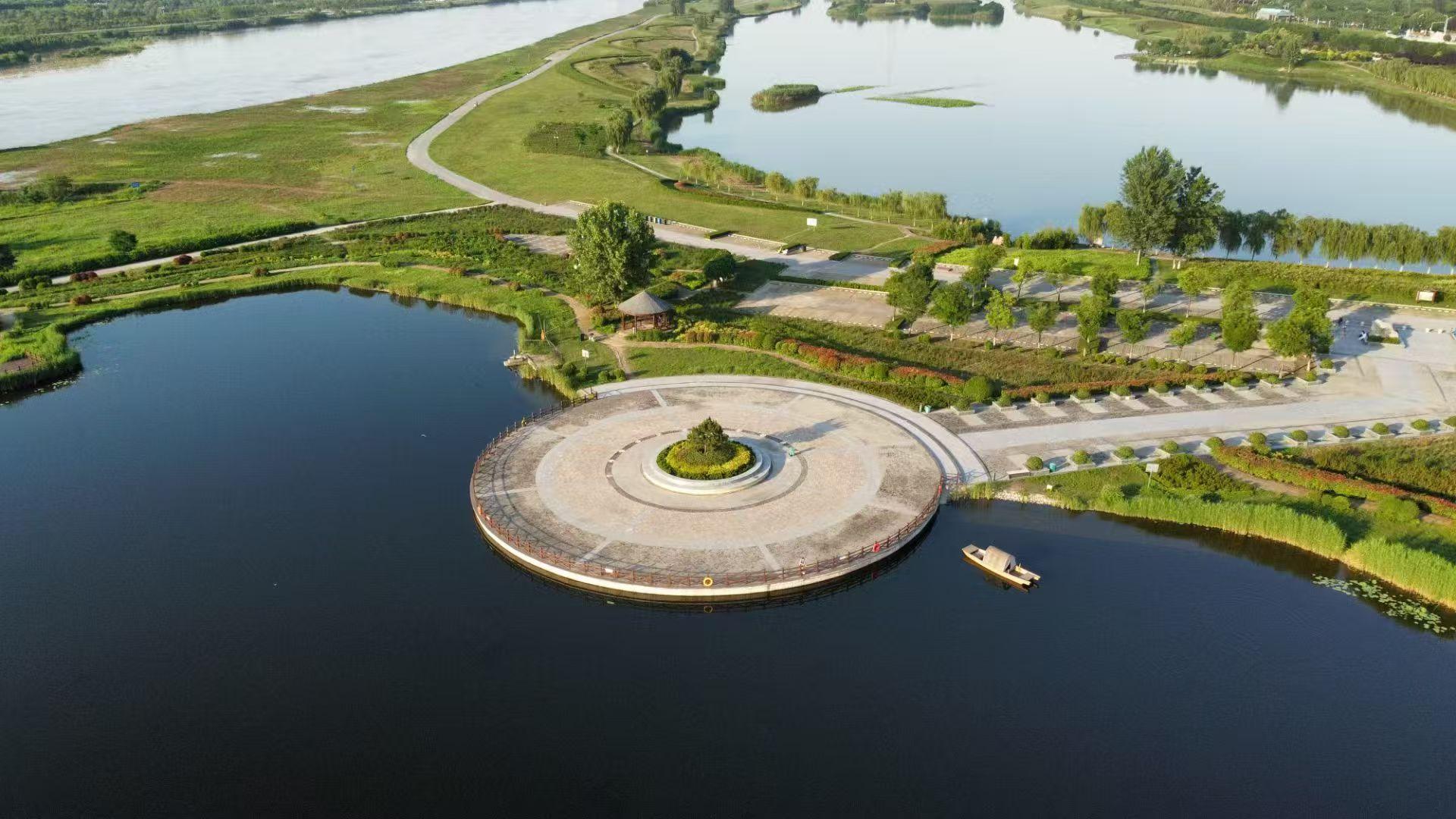On the Feasibility of Monitoring Crustal Deformation Using a High-Precision Gyroscopes and Sundial Network Based on Topological Vortex Theory (TVT)
已发布 2025-10-14 01:16:09
0
1千

搜索
分类
- Art
- Causes
- Crafts
- Dance
- Drinks
- Film
- Fitness
- Food
- 游戏娱乐
- Gardening
- Health
- 首页
- Literature
- Music
- Networking
- 其他
- Party
- Religion
- Shopping
- Sports
- Theater
- Wellness
了解更多
Commercial Aircraft Interior Lighting Market to Reach USD 22.60 Billion by 2033, Growing at 5.2% CAGR
Commercial Aircraft Interior Lighting Market Overview
The global commercial aircraft interior...
Mengcun Cangzhou Steel Pipe Fittings: Elbows, Flanges, Tees – In Stock & Competitive Price!
Quality Steel Pipe Fittings from Mengcun, Cangzhou! Hello everyone! Are you in need of...
我家的明星产品
Tuodianda focuses on producing vacuum battery valves, IPR valves, turbocharger relief valves,...
1. Philippine Factory-Made Rapid-Assembly Container Homes and Prefabricated House Manufacturer. 2. Fast-Build Modular and Container Homes – Made in the Philippines. 3. Luxury Prefab Homes: Custom Container Homes and Modular Cabins from a Philippine F
Manufactured in a local factory in the Philippines, this product is a boon to humanity. It...

